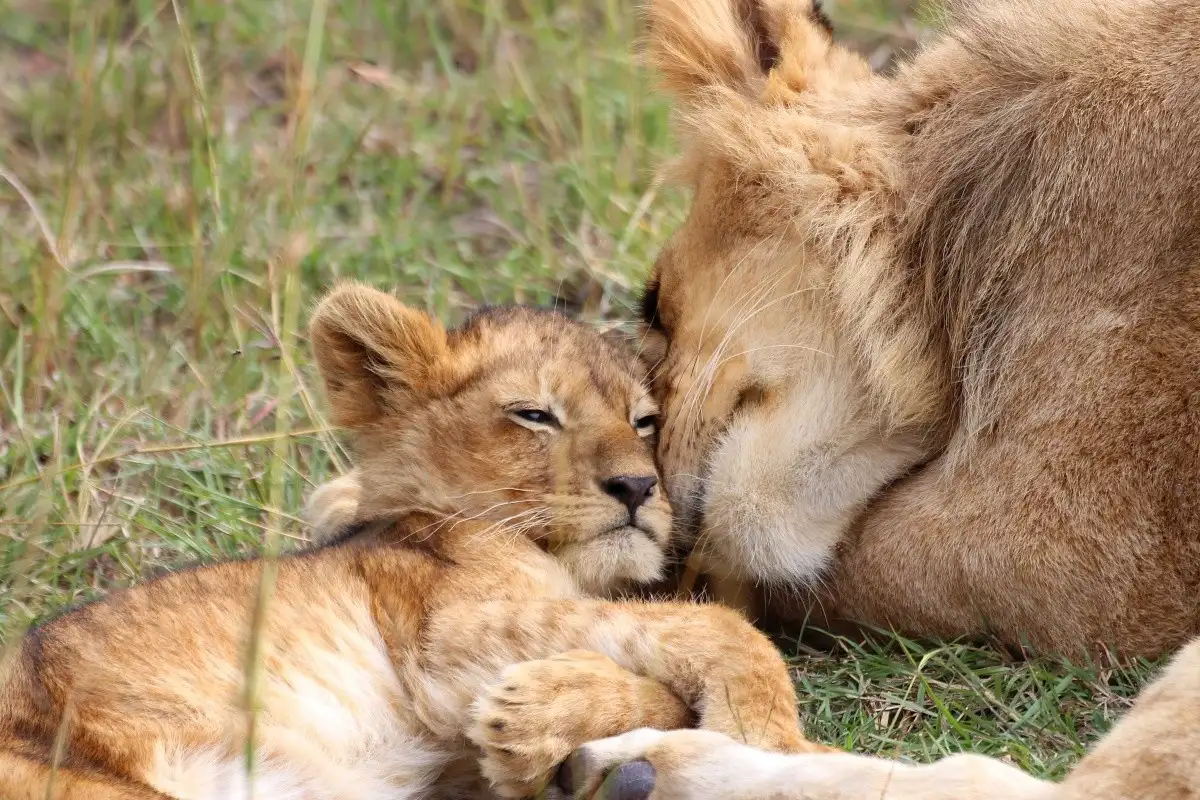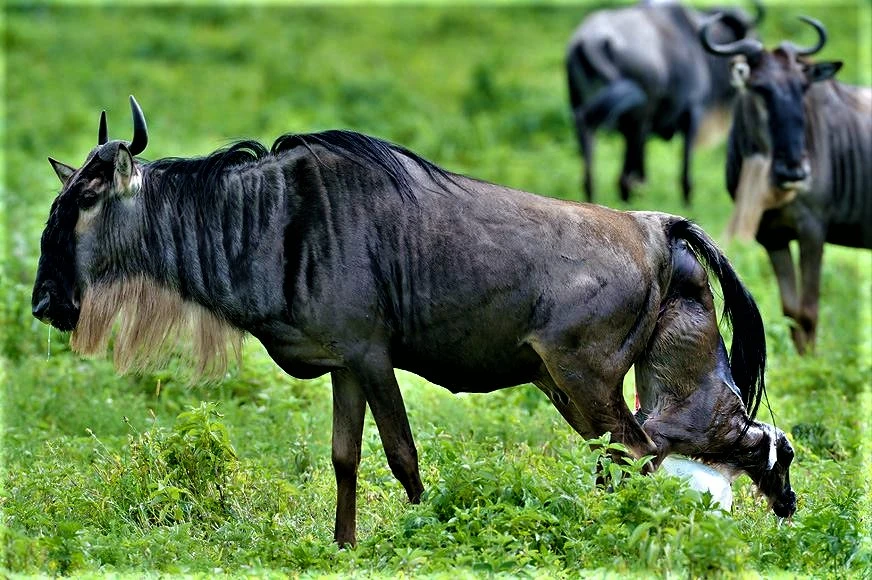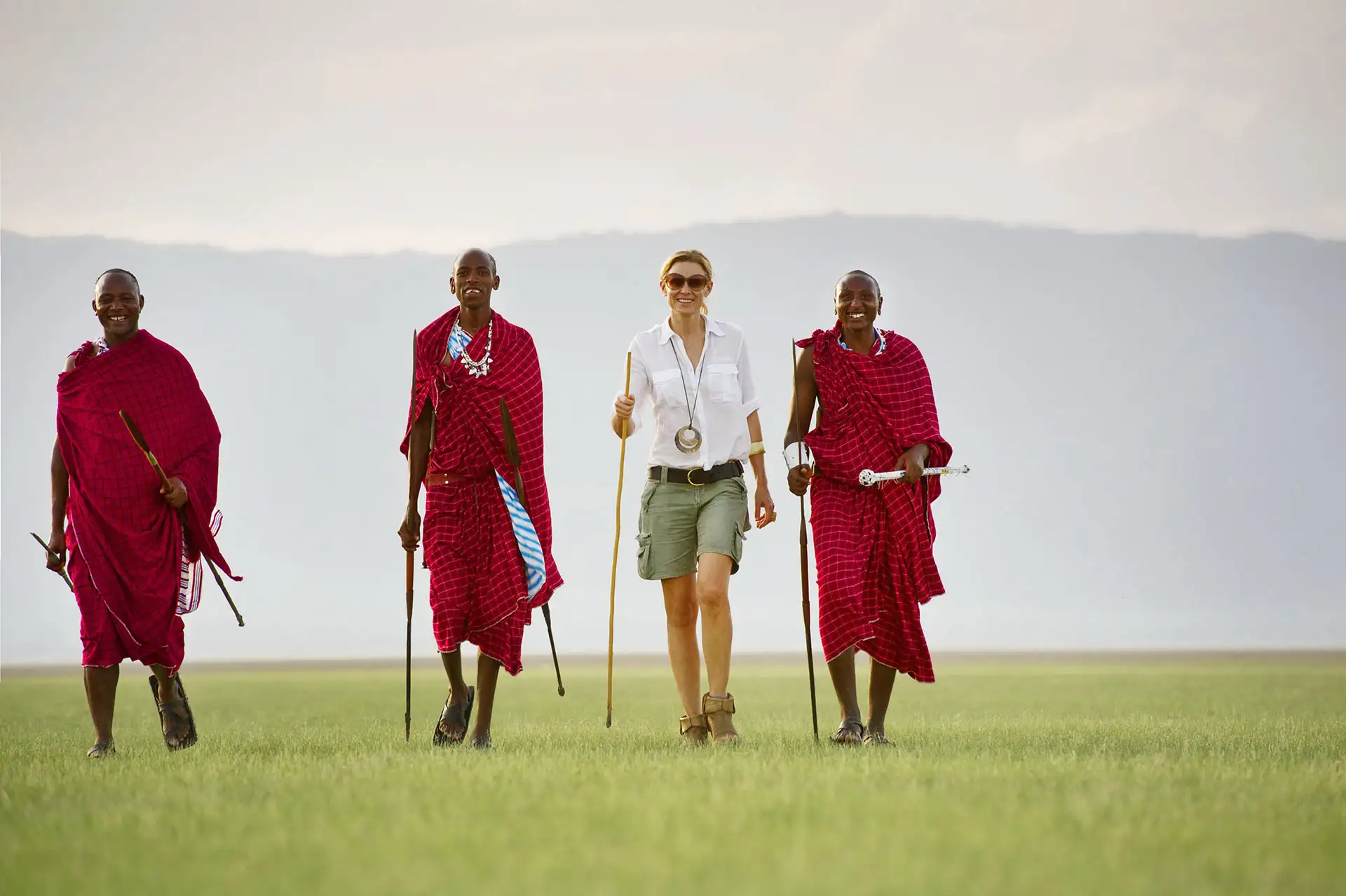The First Breath of November in the Serengeti
Imagine stepping out of a light aircraft onto an airstrip fringed with wet grass, the scent of rain still hanging in the air. The ground is not dusty as you might expect in the Serengeti it’s soft, freshly painted with the emerald strokes of the short rains. November in the Serengeti doesn’t just look different; it feels different.
The air carries that mix of promise and unpredictability: thunderclouds drifting in slow-motion, bursts of light showers, and then sudden clear skies where the sun cuts sharp shadows across the plains. To many, this is not the Serengeti they imagined from glossy brochures but that’s exactly why it feels like entering another world.
Why November Transforms the Serengeti
Most travelers think of the Serengeti in July dry, golden, crowded with safari vehicles at every wildebeest crossing. But November? It’s a quieter, more intimate Serengeti.
- The short rains arrive, washing the dust and painting everything green.
- Wildebeest herds begin drifting south, tracing the invisible path toward Ndutu’s calving grounds.
- The skies fill with migratory birds, from dazzling rollers to steppe eagles riding thermals.
This is what insiders call the green season a time when the Serengeti resets itself. You don’t come here in November for river crossings; you come for the feeling of a vast wilderness waking up after thirst.
Wildlife Highlights You Can Expect in November
If July is about dust and drama, November is about movement and renewal.
- Predators on the watch: Lions and cheetahs remain active, especially as herds gather in smaller pockets. Cheetah hunts over the open green plains are common, the fresh grass offering less cover but spectacular visibility.
- The wildebeest journey: Though not yet calving, the wildebeest are already moving southward. Watching these herds on the march—restless, driven by instinct—is witnessing the migration in mid-chapter.
- Birding paradise: November is peak time for migratory species. Birders often call this the Serengeti’s hidden gem season. Starlings shimmer in metallic blues, while large flocks of European rollers and kestrels decorate the skies.
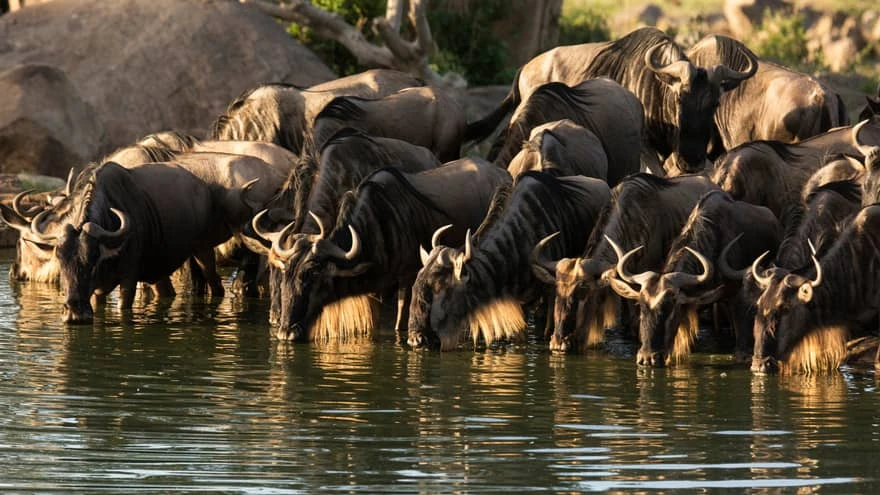
Comparison Table – November vs Peak Season Serengeti
| Factor | Serengeti in November | Peak Season (Jul–Aug) |
|---|---|---|
| Landscape | Lush, green, fresh from rains | Dry, golden, dusty |
| Wildlife | Wildebeest moving south, predators, migratory birds | Wildebeest river crossings, predators concentrated |
| Crowds | Minimal, quieter experience | Heavy crowds, busy crossing points |
| Photography | Green backgrounds, dramatic skies, vibrant colors | Harsh light, iconic but dusty scenes |
| Pricing | Lower, shoulder-season rates | High, peak-season rates |
The Traveler’s Diary: A November Moment
One traveler once described her November safari like this:
“We set out at dawn. Mist rose from the grasses, glowing as the first rays of sun touched them. Ahead, a lioness walked with three cubs, her pawprints marking the damp earth. By mid-morning, the sun was bright and the wildebeest had gathered in restless clusters. Our guide whispered, ‘They’re moving south—this is the beginning of the great story.’ It felt like we weren’t just watching nature. We were inside it.”
Practical Advice: Planning a Serengeti Safari in November
- Weather: Expect short showers mostly in the afternoon followed by clear skies. Morning and evening drives are usually dry and perfect for photography.
- Crowds: November is considered “off-season,” so lodges are quieter, and sightings feel private.
- Cost: Rates are significantly better compared to July – August. For travelers seeking luxury without peak-season pricing, November is an excellent choice.
- Logistics: Some roads may be muddy, so private guides and reliable vehicles are key.
Cultural Connections in November
For the Maasai communities who live around the Serengeti, November rains mean the return of green grazing for their cattle. It’s not just the wildlife that celebrates this season; it’s the people too. Travelers who choose November often find cultural visits richer because daily life is visibly tied to the rhythm of the land.
Sharing a fire with Maasai elders as rain clouds gather on the horizon brings a sense of continuity: this land has always been about survival, cycles, and respect for nature.
Who Should Visit in November?
- Photographers: The light is softer, colors are vibrant, and wildlife backdrops are dramatic.
- Second-time safari-goers: If you’ve already seen the crossings, November gives you a new Serengeti story.
- Honeymooners: Quieter camps, lush landscapes, and dramatic skies create a romantic canvas.
- Adventurers: If you crave solitude, November offers raw Africa without the peak-season bustle.
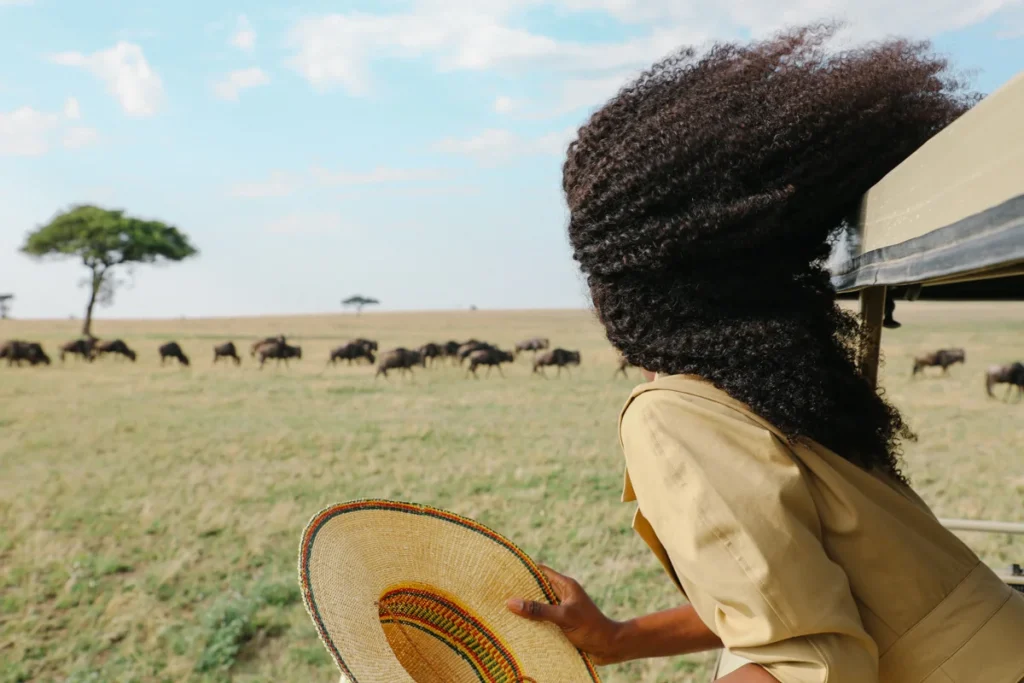
Serengeti November Accommodation: Quiet Luxury
The biggest gift of traveling in November is space. Fewer safari vehicles mean more private sightings. Camps often lower their rates (shoulder-season pricing), and you may find yourself dining by firelight with just a handful of other travelers.
- Luxury tented camps: More availability than peak season
- Private concessions: Ideal for walking safaris and night drives
- Value: November is one of the best times for Serengeti camp deals
November in Context: Comparing Seasons
| Season | Experience |
|---|---|
| November (Short Rains) | Green landscapes, wildebeest on the move, birds, fewer crowds |
| January–February (Calving) | Ndutu plains full of newborn wildebeest, predator action at its peak |
| April–May (Long Rains) | Heavier rains, some lodges close, but landscapes lush and uncrowded |
This shows why November sits as the bridge season—not yet the drama of calving, not the intensity of long rains, but a sweet spot for those who want a quieter, greener Serengeti.
Frequently Asked Questions
Is November a good time to visit Serengeti?
Yes—expect fewer crowds, lower rates, fresh green landscapes, and active predators. While not peak migration, it’s perfect for intimate and photographic safaris.
Will I see the Great Migration in November?
You may catch early herds moving south from Maasai Mara, but the mass calving happens later (Jan–Feb in Ndutu). November is more about predator action and scenery.
Does it rain all day in Serengeti November?
No. Rains are usually short, dramatic showers—often late afternoon or evening—followed by clear skies.
Is November good for birdwatching?
Absolutely. Migratory birds arrive, making it one of the top birding months in Serengeti.
Serengeti in November, Another World
To visit Serengeti in November is to see Africa with fresh eyes—lush, intimate, and alive with quiet drama. While the world chases peak-season spectacles, you’ll step into a different chapter: one of painter’s skies, predator encounters, and silence broken only by the call of migratory birds.
This isn’t the Serengeti everyone knows. It’s the Serengeti that feels like yours alone.
Continue Your Journey
Curious about other once-in-a-lifetime African experiences? Don’t miss our pillar guide:
Where to Go for a Once-in-a-Lifetime African Travel Experience

